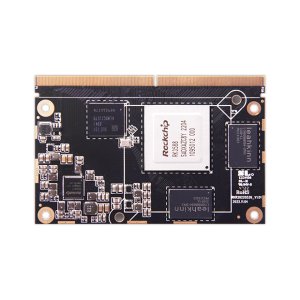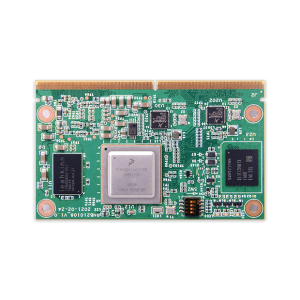Why System on Module (SoM) is the Future of Compact Computing Solutions
Why System on Module (SoM) is the Future of Compact Computing Solutions
Blog Article
Side research has emerged as a innovative trend in the tech market, allowing quicker knowledge control and reduced latency by providing computational power nearer to where information is created. A vital advancement encouraging that transformation is the rise of system on module arm which are lightweight, effective, and functional research units designed to combine effortlessly into customized hardware systems.

The Position of Pc on Segments in Side Processing
Computer on Segments are becoming crucial in edge research because of their capability to streamline hardware style while maintaining robust handling capabilities. Based on a recent report by MarketsandMarkets, the global side computing market is predicted to develop from $40.84 thousand in 2021 to $132.11 billion by 2026, with COMs enjoying an important position in that expansion.
These segments are specially impactful in industries requesting real-time knowledge evaluation at the edge. Like, the transportation market utilizes COMs in autonomous cars for real-time decision-making, while clever towns use them to control programs like traffic movement and power distribution.
Small and Versatile Style
One of many standout traits of Computer on Segments is their compact and modular design. This permits designers to include high-performance processing energy in to side products without the necessity for intensive hardware redesign. A study by IoT Analytics found that 68% of businesses utilizing IoT answers consider modular hardware like COMs crucial for fast arrangement and scalability.
COMs also help custom-made adjustments, making them ideal for a wide variety of programs, from professional automation to healthcare. Their capability to adjust to particular requirements is just a driving force behind their adoption in edge processing systems.
Energy Performance and Efficiency
Edge research units frequently perform in environments with restricted power resources. COMs address this problem by giving enhanced energy effectiveness without limiting on computational strength. A study by Allied Industry Study highlighted that energy-efficient edge processing answers are predicted to master the industry through 2030, positioning COMs as a vital portion for achieving that goal.
Moreover, with improvements in processors and integrated graphics, COMs today deliver the efficiency required for AI-driven applications at the edge. That not merely increases real-time functions but also reduces dependence on centralized cloud systems.
Why the Potential Goes to COMs
With international knowledge era estimated to attain 175 zettabytes by 2025, side computing is placed to be much more important than ever. Pc on Segments offer an convenient, energy-efficient, and scalable solution for running this influx of data. Their relevance across diverse industries like healthcare, manufacturing, and telecommunications just underscores their essential position in surrounding the future of edge computing.
COMs are no longer just a technical trend; they're the backbone of next-generation side programs operating development and performance across the globe. Since the need for side research continues to grow, therefore will the value and impact of COMs in this fast developing landscape. So, it's secure to state that Computer on Modules are here to remain and will carry on shaping the ongoing future of side computing.

Conclusion
Edge processing is transforming the way in which we method and utilize knowledge, with Pc on Segments at the lead of this revolution. Their lightweight design, flexibility, energy performance, and performance cause them to become a great option for running real-time information at the edge. As industries significantly count on edge research for their operations, COMs can play a crucial position in operating invention and performance in these systems. Report this page